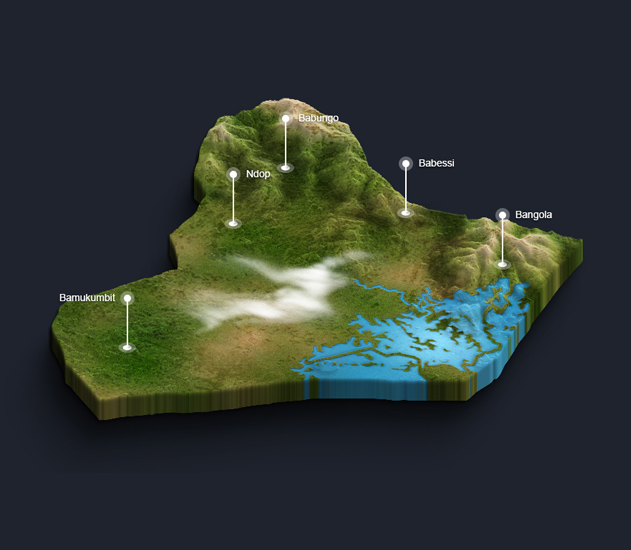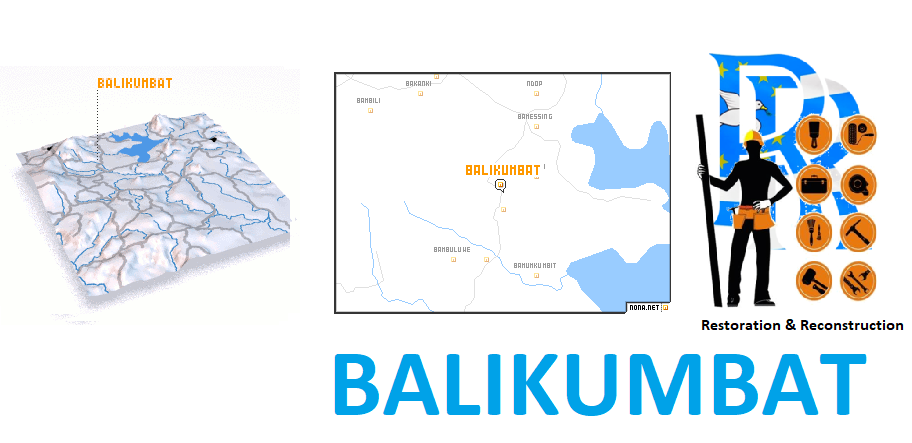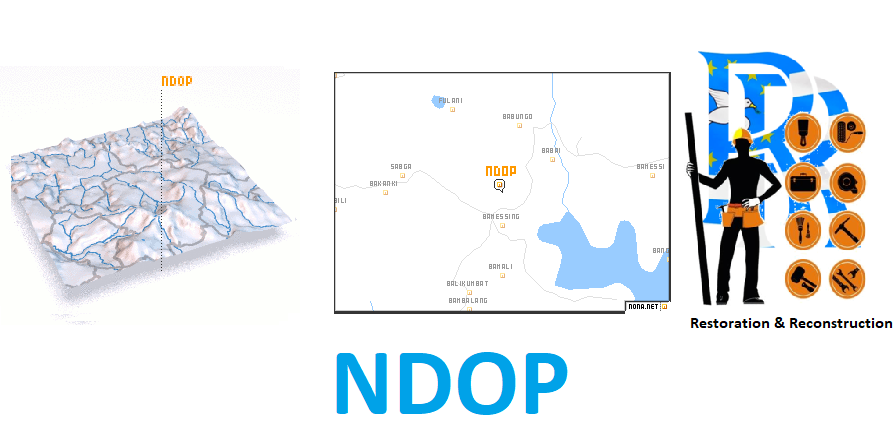People

Ngo Ketunjia County
The inhabitants of the constituent villages of Ndop Municipality are from the great Tikari tribe which is the origin of most villages in the grass field areas of the Northwest Region. There are principally four clans in the municipality that correspond to the four villages of the council.
These clans are; the Mbaw Yakum now known as Bambalang who migrated from Tikari around Adamawa; the Nsei clan, mostly known as Bamessing, is also of the Tikari ethnic group. They migrated from Refoum in the Adamawa Region in the 14th century at the close of the Kotoko Empire, which marked the end the Empire of Western Sudan; the Bamali clan who are descendants of a group of seven people who migrated from a place called Ndoupeh near Fomban in the Noun Division of the West Region; the Bamunka people who originated from Ndobo around Foumban. Other ethnic groups include a strong Hausa population who are spread in the four villages of Bamunka, Bamessing, Bamali and Bamabalang and the Mbororo who are mainly cattle breeders living up the hills. A Large population of the mbororos are found in Bamessing.
LOCAL GOVERNMENT
Ngo-Ketunjia county covers an area of 1,126 km2 (435 sq mi) and has a total population of 174,173.
The capital of the county is at Bamunka. In descending order of population size, the four communes of Ngo-Ketundjia are: Ndop, Balikumbat and Babessi. Among the Savannah States, Ngo-Ketundjia has the smallest surface area and is third most populous. Nationally, Ngo-Ketundjia ranks 12th in size, 7th in population and 5th in population density.
RESOURCES
Balikumbat council area has potential resources such as sand, clay, stones, and laterite. These resources are exploited by individuals for personal use.
Ngo-Ketunjia-slideShow
ECONOMY
Markets constitute a source of income to the Ndop municipal council through market tolls and rents for constructed sheds. The Municipality has a spread of markets in all four constituent villages. The Bamunka market is the main market in the Ndop municipality. Goods sold in these markets including; various food items (plantains, Bananas, cassava, cocoyams, beans, groundnuts, potatoes, rice etc), fruits, semi processed food items (garri, waterfufu, flour, palm oil) meat and fish, processed food items. Both nationally and among Savannah States, Ngo-Kentundjia is among the least productive counties of food crops – both in quantity and productivity. Its annual output is 73,000 Tonnes. Ngo-Ketundjia’s overall economic profile is somewhat comparable to Mezam (Midland State) and Bui/Donga-Mantung(Savannah State) counties.



